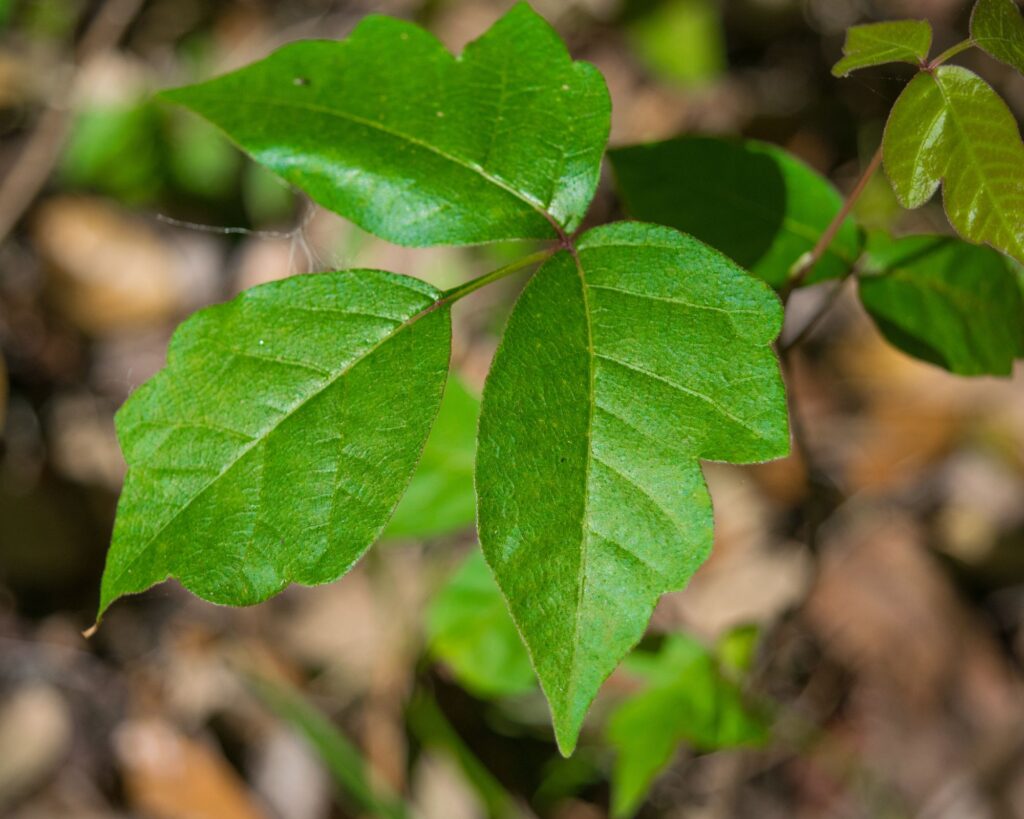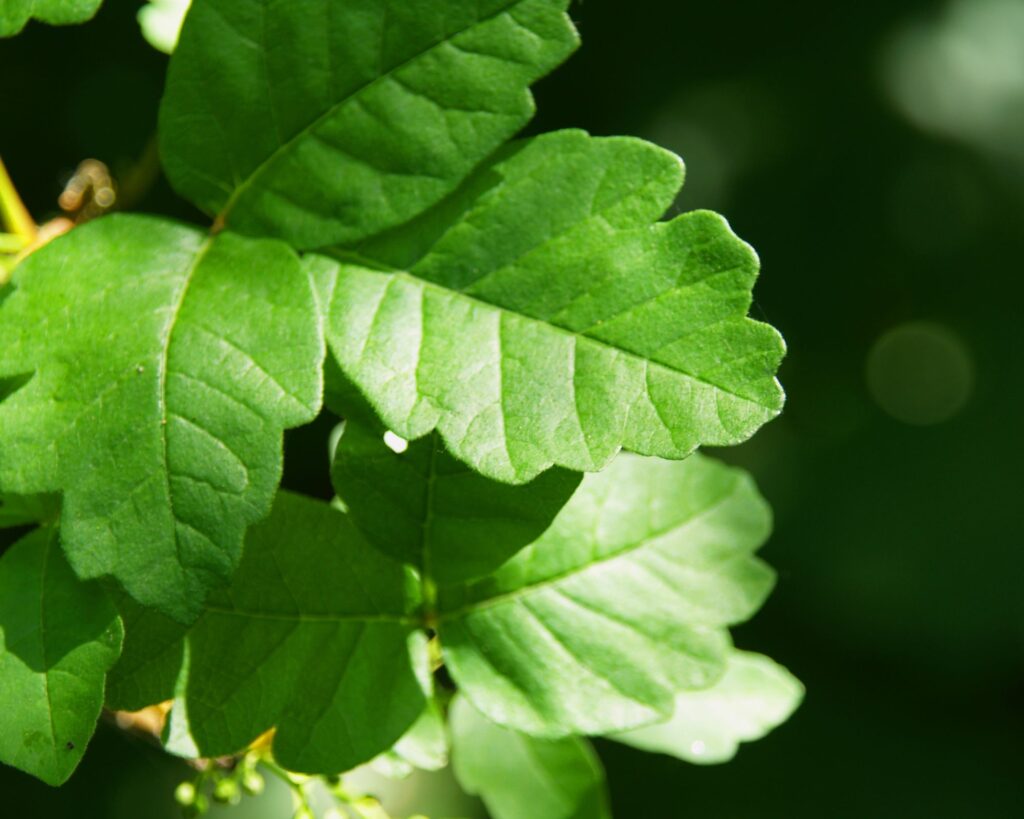Exploring the world of flora can be a delightful experience, but it’s essential to be aware that some plants are not as harmless as they appear.
In this blog post, we’ll walk you through fifteen plants that one should avoid touching, as they possess qualities that can cause harm to humans.
Let’s dive into this list and ensure you stay safe on your next outdoor adventure!
1. Poison Ivy
Famous for the itchy rash it causes upon contact, Poison Ivy is found across North America.
It’s crucial to recognize its three-leaf pattern to avoid skin irritation.
2. Giant Hogweed
This imposing plant can cause severe skin burns when touched, especially under sunlight.
It’s important to stay away from this invasive species native to Europe but found in the US and Canada.
3. Stinging Nettle
Contact with stinging nettle results in a painful stinging sensation and rash.
Usually found in forests and gardens, wearing gloves can prevent an unpleasant encounter.
4. Oleander
Oleander is a highly toxic plant if ingested, and even touching it can irritate the skin.
Common in warm climates, it’s best admired from a distance.
5. Manchineel Tree
Dubbed the “tree of death,” every part of the Manchineel tree is highly toxic.
It’s found in the Caribbean and Florida, and one should never touch or consume its fruit.
6. Poison Oak
Similar to poison ivy, poison oak can cause a painful, itchy rash.
Found mainly on the west coast of the US, knowing its appearance helps avoid accidental contact.
7. Foxglove
Foxglove is beautiful yet deadly. Its toxins can affect the heart, and even handling it may transfer harmful substances to the skin.
Admire its beauty cautiously.
8. Castor Bean Plant
Known for producing castor oil, the seeds of this plant contain ricin, a potent toxin.
It’s wise to avoid direct contact, especially with the seeds.
9. Water Hemlock
Often mistaken for edible plants, water hemlock is extremely poisonous.
Its roots are particularly toxic, making identification crucial to prevent accidental poisoning.
10. Deadly Nightshade
Also known as belladonna, this plant’s berries and foliage are highly toxic.
Found in Europe and parts of Asia, one should never touch or ingest any part of it.
11. Jimsonweed
With hallucinogenic properties, jimsonweed is dangerous if ingested, and can cause skin irritation upon contact.
Its distinctive flowers help in identifying and avoiding it.
12. Angel’s Trumpet
Despite its pleasing appearance, angel’s trumpet contains potent toxins that can cause severe reactions.
It’s best to enjoy its beauty from afar.
13. Spurges
Spurges are known for their irritating milky sap, which can cause skin and eye irritation.
Wearing gloves while gardening can prevent unpleasant surprises.
14. Dumb Cane
Popular as a houseplant, the dumb cane’s sap can cause a temporary inability to speak if ingested.
Handling it with care and washing hands afterward is advised.
15. Rhubarb Leaves
While the stalks are edible, rhubarb leaves contain oxalic acid, which can be harmful.
Always remove the leaves and wash thoroughly before cooking.















